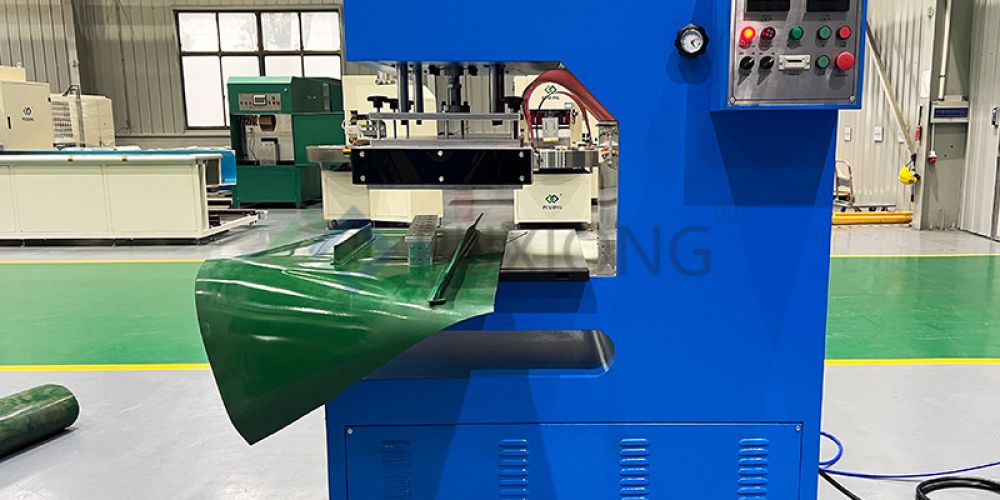
I. Enhancing Material Handling Efficiency
Traditional manual handling methods are time-consuming and labor-intensive. By utilizing conveyor belts, materials can be transported automatically and continuously, significantly reducing labor costs and increasing transportation speed. For production lines requiring extensive material handling, conveyor belts ensure rapid and efficient material flow, thereby shortening production cycles and boosting overall productivity.
II. Reducing Labor Demand
The advancement of automation in modern production lines reduces reliance on human resources. Conveyor belts can replace the majority of manual operations, minimizing human error and enhancing production safety. This not only lowers labor costs but also enables enterprises to allocate human resources to more valuable production activities.
III. Improving Product Consistency
With conveyor belts, the movement speed and positioning of products during production remain consistent, which is critical for quality control and standardized manufacturing. The continuity and stability of conveyor belts ensure precision and reliability across all production stages, thereby improving product quality and customer satisfaction.
IV. Optimizing Space Utilization
Conveyor belts can be flexibly arranged according to production needs, making full use of vertical and horizontal space in production lines to maximize the utilization of the production area. This flexibility allows enterprises to adapt to production tasks of varying scales and types, enhancing the adaptability and versatility of their production lines.